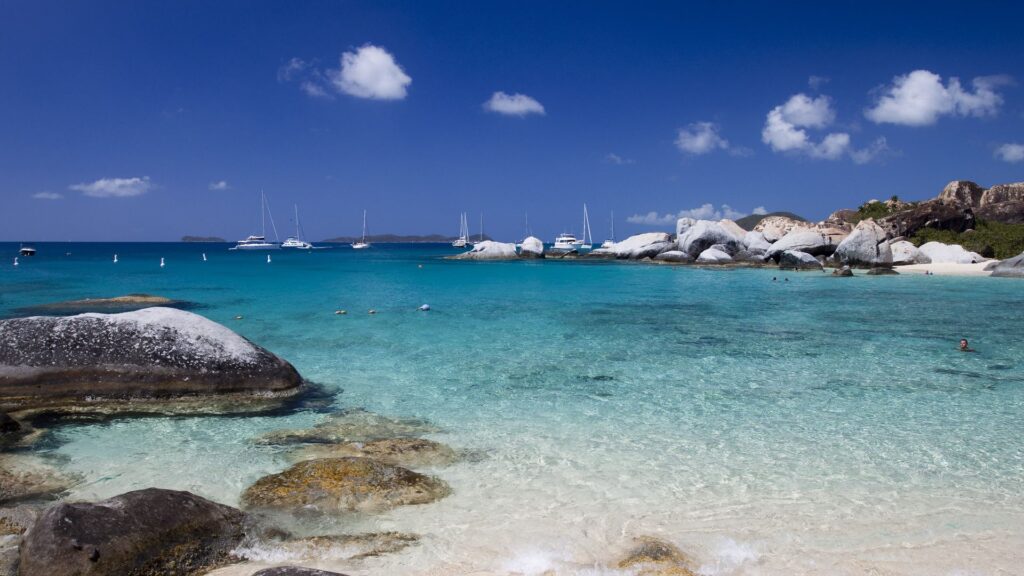Khartoum is the capital and largest city of Sudan, located at the confluence of the Blue and White Nile rivers. With a population of over 5 million people, Khartoum is a bustling metropolis that serves as the political, cultural, and economic hub of the country.
The city has a rich history dating back thousands of years, with archaeological evidence of settlements in the area dating back to ancient times. In more recent history, Khartoum has been an important political and commercial center in Africa, with a strategic location that has made it a key trading hub for centuries.
Today, Khartoum is a vibrant city that blends modernity with traditional Sudanese culture. Visitors to the city can explore its many attractions, including historical sites like the National Museum and the Presidential Palace, as well as bustling markets and vibrant cafes.
One of the most iconic landmarks in Khartoum is the confluence of the Blue and White Nile rivers, where visitors can witness the meeting of the two rivers that give life to the surrounding landscape. The city is also home to a number of beautiful mosques, including the Grand Mosque and the Al-Khartoum Mosque, which are important religious and cultural sites in the city.
Khartoum is also known for its delicious cuisine, with a wide variety of traditional Sudanese dishes that visitors can enjoy in restaurants and cafes throughout the city. Some popular dishes include ful medames, a breakfast dish made from fava beans, and kisra, a traditional flatbread that is served with a variety of stews and meats.
Overall, Khartoum is a city rich in history, culture, and natural beauty, making it a fascinating destination for visitors looking to explore the diverse and vibrant country of Sudan.
What to explore:
1. National Museum of Sudan: This museum houses an impressive collection of artifacts from ancient Nubian civilizations, including statues, jewelry, and royal items from the pyramids of Meroe.
2. Al-Mogran Family Park: This park is located at the confluence of the Blue and White Nile rivers, offering a scenic spot for picnics, leisurely walks, and boat rides.
3. Presidential Palace: The sprawling complex of the Presidential Palace is an architectural wonder, showcasing a blend of modern and traditional Sudanese design.
4. Souq Arabi: This vibrant market is a great place to soak up the local culture, shop for traditional handcrafts, textiles, spices, and souvenirs, and sample authentic Sudanese cuisine.
5. Al-Khartoum Bahri: This neighborhood is located on the eastern bank of the Blue Nile and offers stunning views of the river and the city. Visitors can explore the historic Nubian village, visit the botanical gardens, and relax at waterfront cafes.
6. Al-Mogran Development Project: This ambitious urban development project is transforming the riverfront area into a modern, commercial hub with luxury hotels, shopping centers, and recreational facilities.
7. Sudan National Commission for Education, Science, and Culture: This institution promotes Sudanese arts, culture, and heritage through exhibitions, performances, and educational programs.
8. Tuti Island: Located at the confluence of the Blue and White Nile rivers, Tuti Island is a peaceful escape from the hustle and bustle of the city, with lush greenery, traditional villages, and stunning views of the river.
9. Sufi Whirling Dervishes Ceremony: Witness the mesmerizing ritual of the Sufi Whirling Dervishes, where dancers spin in a trance-like state to the hypnotic beat of drums and chanting.
10. Al-Qishlah Fortress: This historic military fortress offers panoramic views of Khartoum and the Nile River, as well as a glimpse into Sudan's colonial past.
